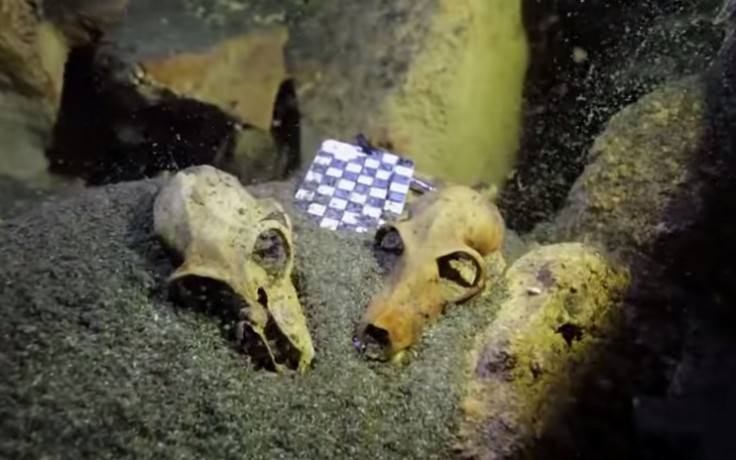Madagascar: Enormous underwater lemur graveyard discovered dating back 1,000 years

What could be the largest single collection of lemur remains has been discovered in submerged caves in Madagascar.
A team of experts working with the National Science Foundation discovered the bone yard in a remote desert region of the island.
The complete lemur skeletons – all of extinct species – had remained intact for hundreds if not thousands of years, making it a unique site of great significance.
As well as vast numbers of lemur fossils, the remains of other animals were also found, including bats, rodents and carnivores.

Brooklyn College anthropologist Alfred Rosenberger, who led the project, said: "It's really an enormous number of fossils all in one place. They're very complete which is unusual in palaeontology because you get broken bones frequently or you get different parts of the body separated from one another. Here everything is together in beautiful condition.
"The possibility of making very important and exciting discoveries is phenomenal because nothing like this has ever been found before."
Of the three caves explored, all contained fossils but one was found to have an "unprecedented number of recently extinct lemurs", the NSF said.

One such lemur was the megaladapis, or koala lemur, a giant species that went extinct about 500 years ago.
Experts say the find will help us understand the environment of Madagascar as well as what led to the creatures extinction.
Laurie Godfrey, from the University of Massachusetts Amherst, said: "When you have a place where two thirds of the animals that live there only 1,000 years ago are gone, and replaced with other animals, what we need to know is what are the implications for the rest of the flora and fauna?"
Rosenberger said it marks a new era in underwater palaeontology and is a "remarkable discovery". "It's going to be wonderful for science and future generations"
© Copyright IBTimes 2025. All rights reserved.






















